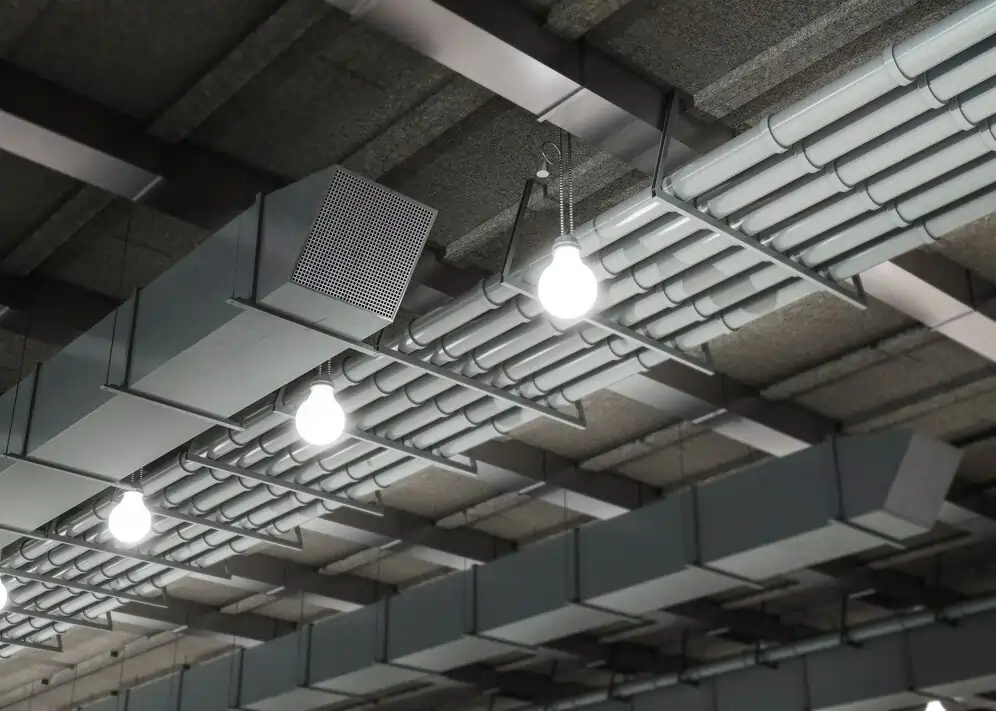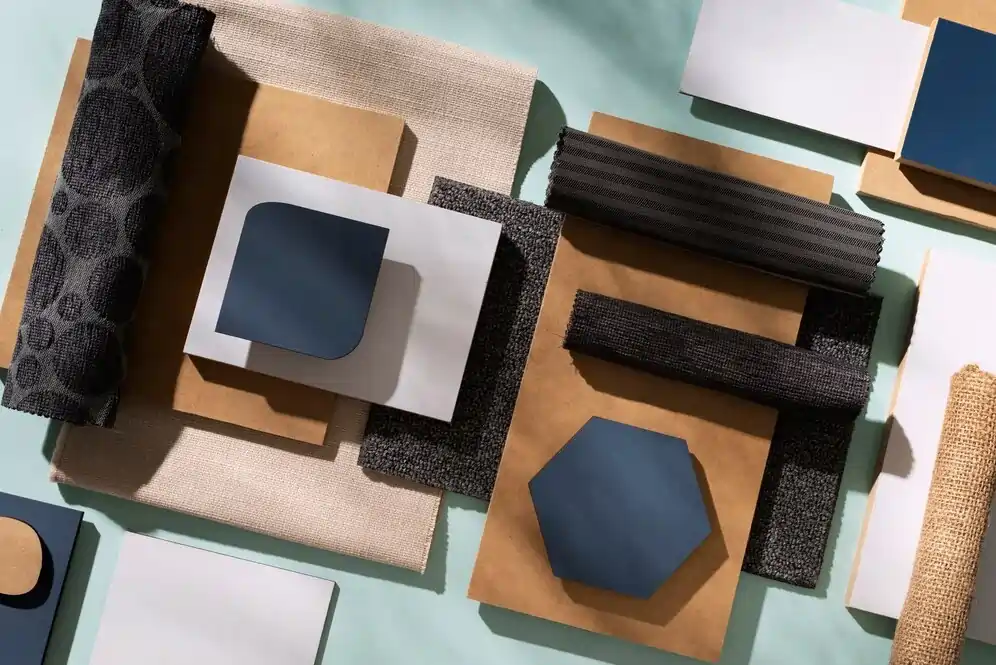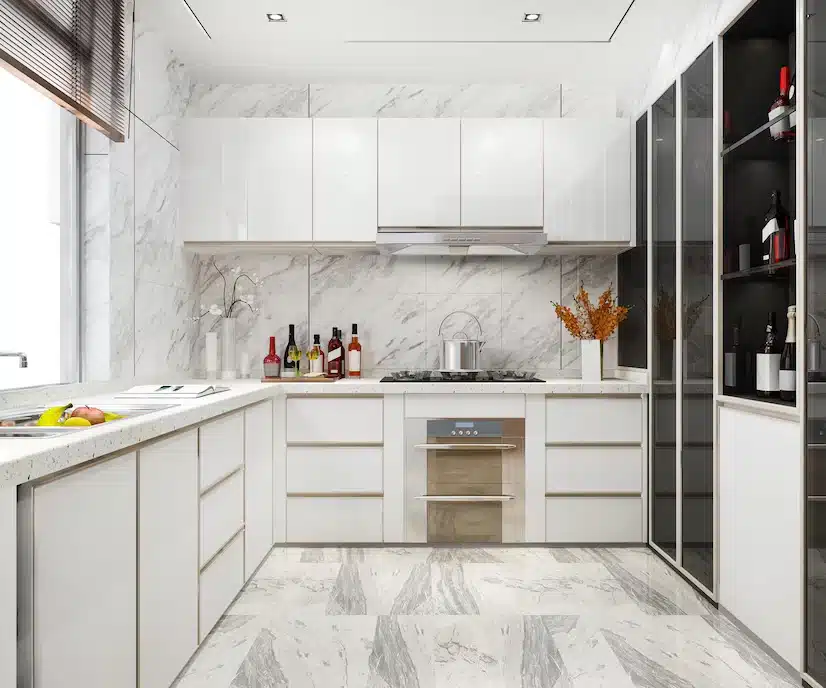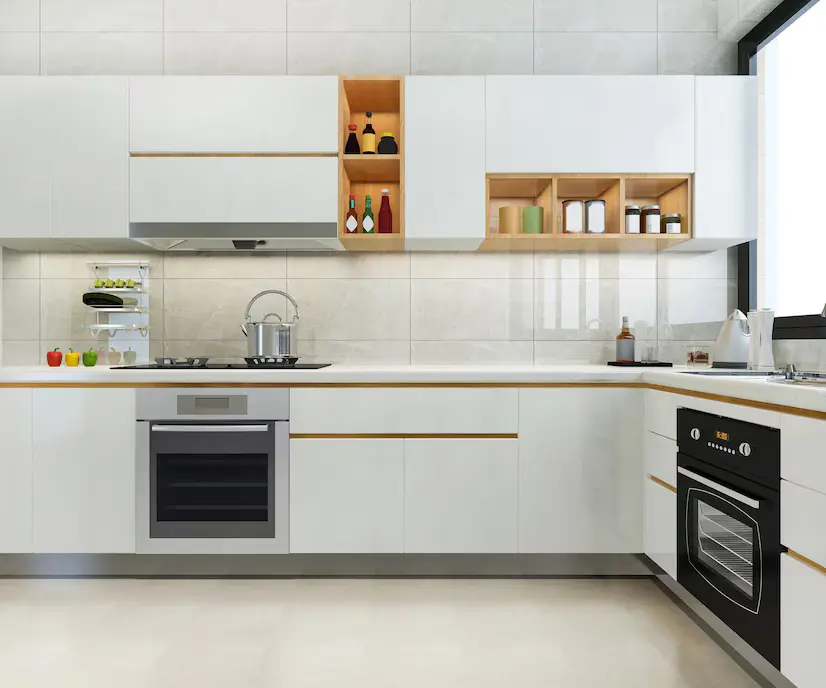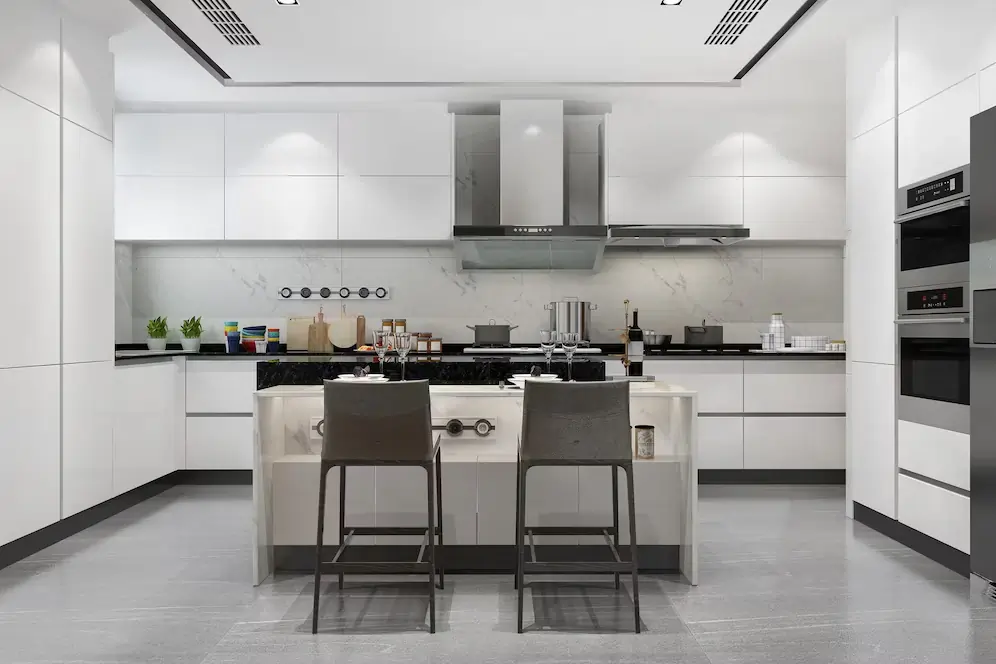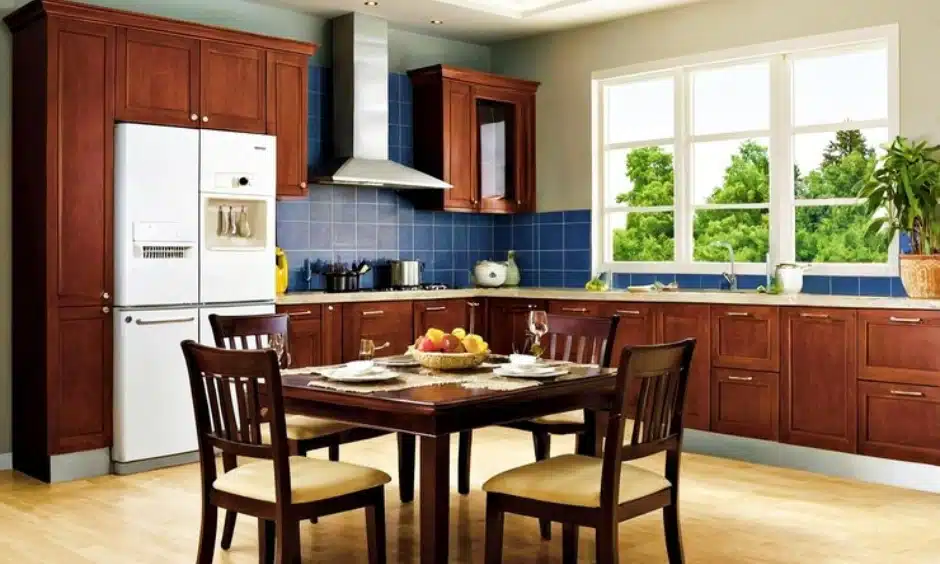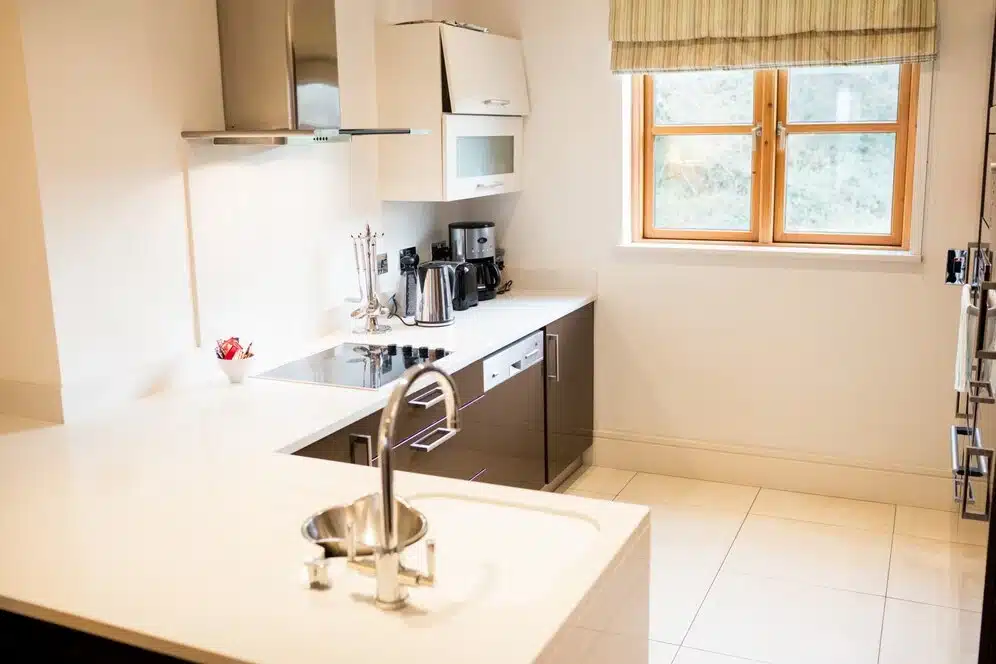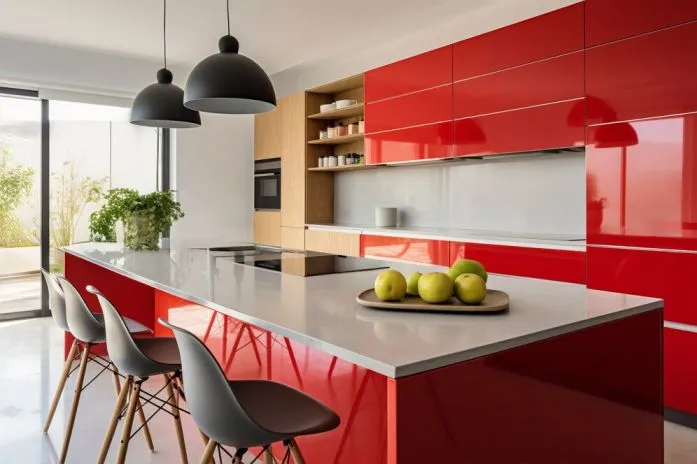Renovating your kitchen can elevate your home’s functionality and style, but it’s essential to approach the project carefully. From planning and budgeting to choosing the right materials, avoiding common mistakes can save you time, money, and frustration.
Let’s explore the top kitchen renovation mistakes and practical tips to prevent them.
1. Skipping the Planning Phase
A successful kitchen renovation begins with a well-thought-out plan. Neglecting this phase often leads to design flaws and functional inefficiencies.
Create a layout: Use the kitchen work triangle to ensure a seamless workflow between the sink, stove, and refrigerator.
Include storage solutions: Plan for cabinetry, pull-out shelves, and pantry space to avoid clutter.
2. Underestimating Your Budget
Setting a realistic budget is one of the most critical steps. Underestimating costs can lead to compromises in quality or incomplete work.
Tip: List all expenses, including materials, labor, and unexpected contingencies.
Prioritize key elements: Allocate more budget to durable countertops and reliable appliances.
3. Ignoring Ventilation and Lighting
Lighting and ventilation are often overlooked but are crucial for a functional kitchen.
Lighting tips: Incorporate task lighting for cooking areas and ambient lighting for the overall space.
Ventilation advice: Invest in a quality range hood to maintain air quality and reduce cooking odors.
4. Choosing Trendy Over Timeless Designs
Trendy designs may look appealing now but could feel outdated in a few years.
Solution: Focus on timeless finishes and neutral color palettes.
Add personal touches: Use accessories and decor for style without making permanent design changes.
5. Overlooking Storage Needs
An efficient kitchen is one where storage meets your everyday needs. Failing to plan for adequate storage results in cluttered countertops and disorganized spaces.
Add vertical storage: Use tall cabinets or floating shelves to maximize space.
Optimize corners: Install lazy Susans or pull-out trays to make corner spaces functional.
6. Compromising on Quality Materials
Low-cost materials may seem budget-friendly initially but can lead to frequent repairs and replacements.
Invest wisely: Choose durable materials for countertops, cabinetry, and flooring.
Look for warranties: Quality products often come with better warranties, ensuring peace of mind.
7. Poor Placement of Outlets and Appliances
Improper placement of outlets and appliances can disrupt functionality and create hazards.
Plan appliance placement: Ensure your fridge, oven, and dishwasher have sufficient power sources nearby.
Add multiple outlets: Include extra outlets for small appliances and USB ports for convenience.
8. Rushing the Renovation Process
Renovating a kitchen is a complex process that requires time and attention to detail. Rushing can lead to subpar craftsmanship and unsatisfactory results.
Take your time: Allocate sufficient time for the design, demolition, and installation phases.
Hire reliable contractors: Vet professionals to ensure quality workmanship.
9. Ignoring Future Needs
Your kitchen should not only serve your current needs but also accommodate future changes, like a growing family or new appliances.
Future-proof the design: Opt for flexible layouts and modular cabinetry that can adapt over time.
Plan for efficiency: Include energy-efficient appliances to save on utility costs.
10. Forgetting to Test Materials and Layouts
Skipping material samples or layout tests can result in costly mistakes and regret.
Sample materials: Test countertops, paint colors, and backsplash designs before committing.
Visualize layouts: Use software or mockups to ensure your design flows well.
Conclusion
Avoiding these common mistakes can save you time, money, and stress while ensuring a successful kitchen renovation. From proper planning and budgeting to focus on functionality and timeless design, taking the right steps guarantees a kitchen that suits your lifestyle.
Remember to invest in quality materials, optimize storage solutions, and plan for future needs to create a space that combines beauty and functionality.

